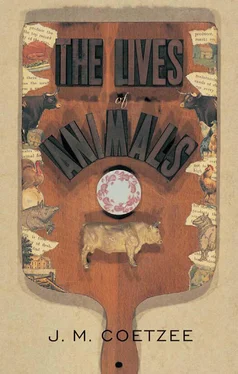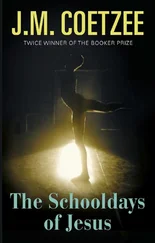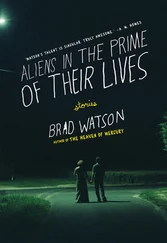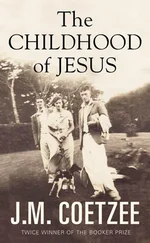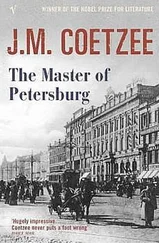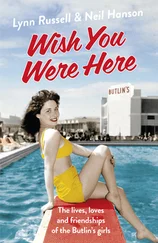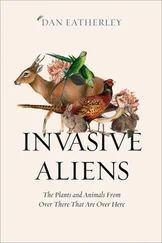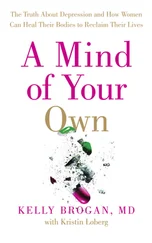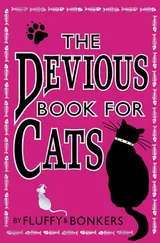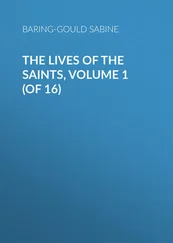The comparison with the Holocaust cannot go unchallenged. In fact, the challenge to Costello is delivered not by a philosopher but by Costello’s academic equal, an aging poet, Abraham Stern. Stern refuses to attend dinner with Costello not out of disrespect but because he is deeply affronted by her first lecture.
Stern delivers a letter telling Costello why he cannot break bread with her:
You took over for your own purposes the familiar comparison between the murdered Jews of Europe and slaughtered cattle. The Jews died like cattle, therefore cattle die like Jews, you say. That is a trick with words which I will not accept. You misunderstand the nature of likenesses; I would even say you misunderstand willfully, to the point of blasphemy. Man is made in the likeness of God but God does not have the likeness of man. If Jews were treated like cattle, it does not follow that cattle are treated like Jews. The inversion insults the memory of the dead. It also trades on the horrors of the camps in a cheap way.
Just as Stern is too offended by Costello’s moral sensibilities to address her in person, so too Costello does not answer Stern’s critique. Each is offended by the other’s sensibilities, and they have little willingness or ability or time in their lives left to bridge the ethical and aesthetic divide between them.
The Lives of Animals drives home how difficult it can be for morally serious people to sympathize with, or even understand, each other’s perspectives. The distance between the two aging writers in the story, Costello and Stern, does not narrow as a consequence of their taking each other seriously. Quite the contrary, at the end of her visit to Appleton (and the end of the story), Costello invokes the Holocaust analogy yet again. Speaking to her son about how radically disoriented she feels in this world, she imagines going into the bathroom of friends and seeing a soap-wrapper that says, “Treblinka—100% human stearate.” Imagine feeling this way about our fellow human beings who eat animals, yet also seeing human kindness in the very same people’s eyes. “This is life. Everyone else comes to terms with it,” Costello reminds herself, “why can’t you? Why can’t you ?”
Should Elizabeth Costello have come to terms with the way her family and friends treat animals, or should she have converted them—should she convert those of us who do not begin where she begins—to her position? Coetzee does not answer these questions for us. The story leaves us with a vivid sense of conflict among morally serious people over the mistreatment of animals and the apparently correlative conflict over analogizing that treatment to the most heinous crimes committed among human beings themselves. Central among the questions Coetzee leaves us with is whether there is any way—whether philosophical, poetic, or psychological—of resolving these ethical conflicts or reconciling these competing sensibilities.
Four prominent commentators—the literary theorist Marjorie Garber, the philosopher Peter Singer, the religious scholar Wendy Doniger, and the primatologist Barbara Smuts—discuss the form and content of Coetzee’s lectures. Like previous volumes in the University Center for Human Values Series, The Lives of Animals draws upon the insights of diverse disciplinary perspectives that too rarely engage with one another. Garber, Singer, Doniger, and Smuts do not share a single academic discipline, nor are they even members of neighboring disciplines, but their commentaries together help constitute a more complete understanding of how human beings can and should relate to animals.
At the same time as she compares The Lives of Animals to the academic novel, Marjorie Garber highlights its distinctiveness. It is “suffused with pathos” rather than the comedy that is typical of the academic novel. Its analogies pose “some of the most urgent ethical and political questions” of our times. Garber questions the way in which serious analogy—as between “the murdered Jews of Europe and slaughtered cattle”—functions in fiction and literary criticism. She notes that although the appropriateness of the Holocaust analogy is hotly debated, it is regularly used, both obliquely and not so obliquely, as in the popular (and relatively uncontroversial) children’s film Babe . Garber explores the disadvantages as well as advantages of the ubiquitous use of analogical arguments like these in literature. Fiction far more than philosophy has the “art of language” to offer, and that art is put to expert use by Coetzee in his effort to provoke us to pursue an ethical issue that would not otherwise capture some people’s attention or imagination. The Lives of Animals is therefore, as Garber suggests, as much about the value of literature as it is about the lives of animals.
In a commentary that is written in the form of a fictional dialogue between an animal rights philosopher and his daughter, Peter Singer, the most eminent philosophical defender of animal rights, imagines himself in the unusual position of confronting someone like Elizabeth Costello who is more unconventional with regard to animals than even he is. “There is a more radical egalitarianism about humans and animals running through her lecture than I would be prepared to defend,” the philosopher says to his daughter. When his daughter takes Costello’s side in the argument, the philosopher responds, “I feel, but I also think what I feel.” The fact that human beings think—think about their pain, their future, and their death—adds value to their lives, according to the philosopher. “The value that is lost when something is emptied depends on what was there when it was full, and there is more to human existence than there is to bat existence.” The value that is lost in the killing of a human being is therefore greater than the value lost in the killing of a bat. It also follows for Singer’s philosopher that to the extent that animals are “self-aware” and have “thoughts about things in the future,” there is “some reason for thinking it intrinsically wrong to kill them—not absolutely wrong, but perhaps quite a serious wrong.”
Singer’s philosopher defends philosophy against Costello’s attacks upon it. “We can’t take our feelings as moral data, immune from rational criticism,” the philosopher says in response to his daughter’s horror at his suggesting that their dog Max’s life might not be intrinsically valuable. Painless killing of those animals who do not anticipate their death would not be in itself morally wrong, or at least not as heinous a crime as the painless killing of an animal who is self-conscious about life and death. If Singer’s philosopher is right, then the morality of vegetarianism under circumstances where the consumed animals are painlessly killed can be distinguished from the morality of compassionate treatment of animals.
Wendy Doniger’s commentary explores the distinction between practicing vegetarianism and being compassionate toward animals, a distinction that she suggests is implicit in many religious traditions. Different religions have reasoned about how to treat animals in seemingly contradictory ways. “The argument that humans (but not animals) are created in the image of god is often used in the West to justify cruelty to animals,” Doniger points out, “but most mythologies assume that animals, rather than humans , are the image of God—which may be a reason to eat them .” Whereas in some religions, vegetarianism is connected to compassion for animals, in others it is more intimately connected to self-identity and the search for human salvation, as seems to be the case with Elizabeth Costello.
Barbara Smuts, who has spent much of her professional life working and living with baboons and other animals, notices a “striking gap” in Coetzee’s text. Elizabeth Costello says little about “real-life [human] relations with animals.” As a primatologist, Smuts knows what it is like to live with animals, but she speaks in her commentary less as a scientist than as an ordinary human being who likes to live with animals. “Entering territory where, perhaps, Costello (and maybe even Coetzee) feared to tread,” Smuts writes, “I will attempt to close this gap, not through formal scientific discourse, but rather, as Elizabeth Costello urges, by speaking from the heart.” What follows in Smuts’ commentary is an account of the individuality of animals who befriend and are befriended by human beings. Smuts vividly presents a narrative case for regarding nonhuman beings as persons and for believing in friendship between human beings and animals. She revises as she reinforces Elizabeth Costello’s claim that “there is no limit to the extent to which we can think ourselves into the being of another.”
Читать дальше
